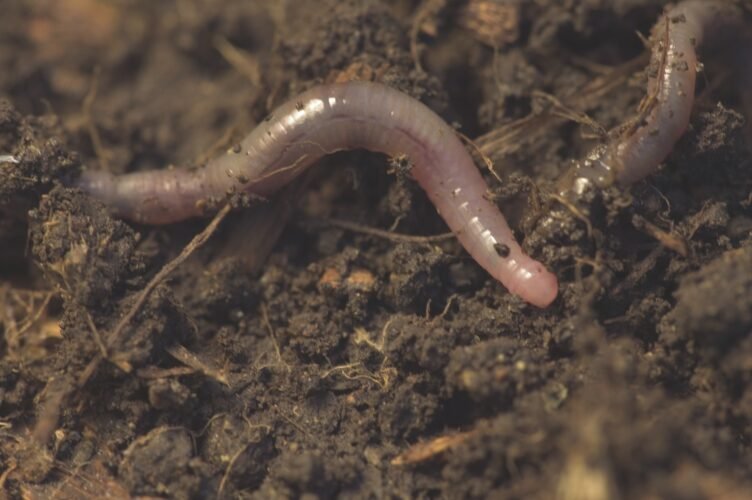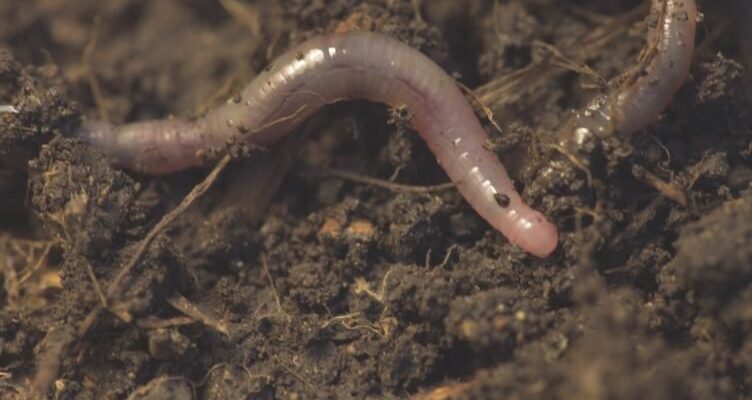
These little wrigglers are much more than just bait for fishing trips. They’re nature’s recyclers, munching their way through organic matter and transforming it into nutrient-rich soil. Imagine inviting a team of little workers into your garden, each one playing a part in restoring balance and rejuvenating the earth. Using **earthworms to rehabilitate depleted soils** is a smart, eco-friendly approach that not only revives the soil but also helps create a sustainable environment for future growth.
Why Soil Health Matters
You might be wondering, “Why should I care about soil health?” Well, soil is essentially the foundation of life on Earth. A healthy soil ecosystem supports a variety of plants, which in turn sustains animals, including us! When soil is depleted, it loses nutrients, structure, and biodiversity. This can lead to poor crop yields and increased erosion.
Depleted soils often struggle to retain water, which can lead to both flooding and drought conditions. Healthy soil, on the other hand, absorbs rainwater and stores it for plants. It’s like having a pantry stocked with nutritious food. In essence, maintaining healthy soil is crucial not just for gardening but for the health of our ecosystems.
What Do Earthworms Do?
So, how do earthworms fit into this picture? Think of them as nature’s little composters. As they burrow through the soil, they consume organic matter like dead leaves and decaying plants. This digestion process breaks down those materials, turning them into a nutrient-rich substance called worm castings.
These castings are packed with essential nutrients that plants love. They also help improve soil structure. As earthworms tunnel through the ground, they create channels that allow air and water to circulate better. This means that plants can access moisture and nutrients more easily, making for stronger and healthier growth.
The Benefits of Using Earthworms
Here’s the thing: incorporating earthworms into your soil rehabilitation efforts can yield big benefits. Some of these include:
- Nutrient Enrichment: Earthworm castings are rich in nitrogen, phosphorus, and potassium, essential for plant growth.
- Improved Soil Structure: Their burrowing activity creates a more porous soil, allowing air and water to flow better.
- Enhanced Microbial Activity: Earthworms help boost the population of beneficial microbes that break down organic matter and improve soil fertility.
- Organic Waste Recycling: Instead of tossing those kitchen scraps, composting them with worms can reduce waste and improve soil.
Using earthworms not only rehabilitates depleted soils but also creates a more sustainable gardening practice. You’re not just feeding the plants; you’re feeding the soil, which in turn feeds everything else.
How to Introduce Earthworms to Your Soil
If you’re sold on the benefits of earthworms, let’s talk about how to welcome them into your garden. It’s easier than you might think!
1. **Choose the Right Type of Earthworm:** Not all worms are created equal! Red wigglers (Eisenia fetida) are the most common for composting. They thrive in decaying organic matter and are perfect for your garden.
2. **Prepare Your Soil:** Loosen your soil by tilling or using a garden fork. This will create a welcoming environment for earthworms to burrow in. Make sure to remove any large rocks or debris.
3. **Add Organic Matter:** Layer in some compost or aged manure. This provides food for the worms and encourages their population to grow. You can also add shredded leaves or kitchen scraps.
4. **Keep It Moist:** Earthworms need a damp environment but not standing water. Water the soil lightly to keep it moist, especially during dry spells.
5. **Be Patient:** It may take some time for earthworms to establish themselves in your soil. Keep feeding them with organic materials, and soon enough, you’ll notice more worms and healthier soil!
Additional Practices to Enhance Soil Health
Incorporating earthworms is fantastic, but there are other practices you can use alongside them to maximize soil health. Consider:
- Crop Rotation: Changing what you plant each season can help prevent nutrient depletion.
- Cover Crops: Planting cover crops during the off-season can prevent erosion and add nutrients.
- No-Till Gardening: Reducing soil disturbance can protect the earthworm habitats and keep soil structure intact.
- Mulching: Adding a layer of organic mulch can retain moisture and provide nutrients as it breaks down.
Integrating these practices with earthworms will deepen your soil’s capacity to thrive.
Common Challenges and Solutions
You might encounter some challenges when trying to rehabilitate your soil with earthworms. Here are a few common issues and how to tackle them:
1. **Overwatering:** If your soil is too wet, you may drown earthworms. Keep the soil damp but not soggy. A good rule of thumb is to check the moisture level with your fingers.
2. **Pesticides:** Harmful chemicals can kill earthworms. If you’re using pesticides in your garden, consider switching to organic alternatives that are less harmful to beneficial organisms.
3. **Soil pH Levels:** Earthworms thrive best in neutral to slightly alkaline soils (pH 6.5 – 7.5). If your soil is too acidic, consider adding lime to adjust the pH.
4. **Temperature Changes:** Extreme temperatures can be tough on earthworms. In colder regions, consider bringing your compost bin indoors or mulching heavily to protect them during winter.
By addressing these challenges, you can create a thriving ecosystem that benefits both your garden and the earthworms.
Using **earthworms to rehabilitate depleted soils** is a game-changer for any gardener or land steward. These little creatures, with their tireless work, can restore vitality to tired earth, making it fertile again. By understanding how to introduce them into your soil, the benefits they bring, and some additional practices, you’re well on your way to creating a healthy, sustainable garden.
It’s a simple yet powerful solution to a common problem we often overlook. So why not give it a try? Your soil (and your plants) will thank you for it!

